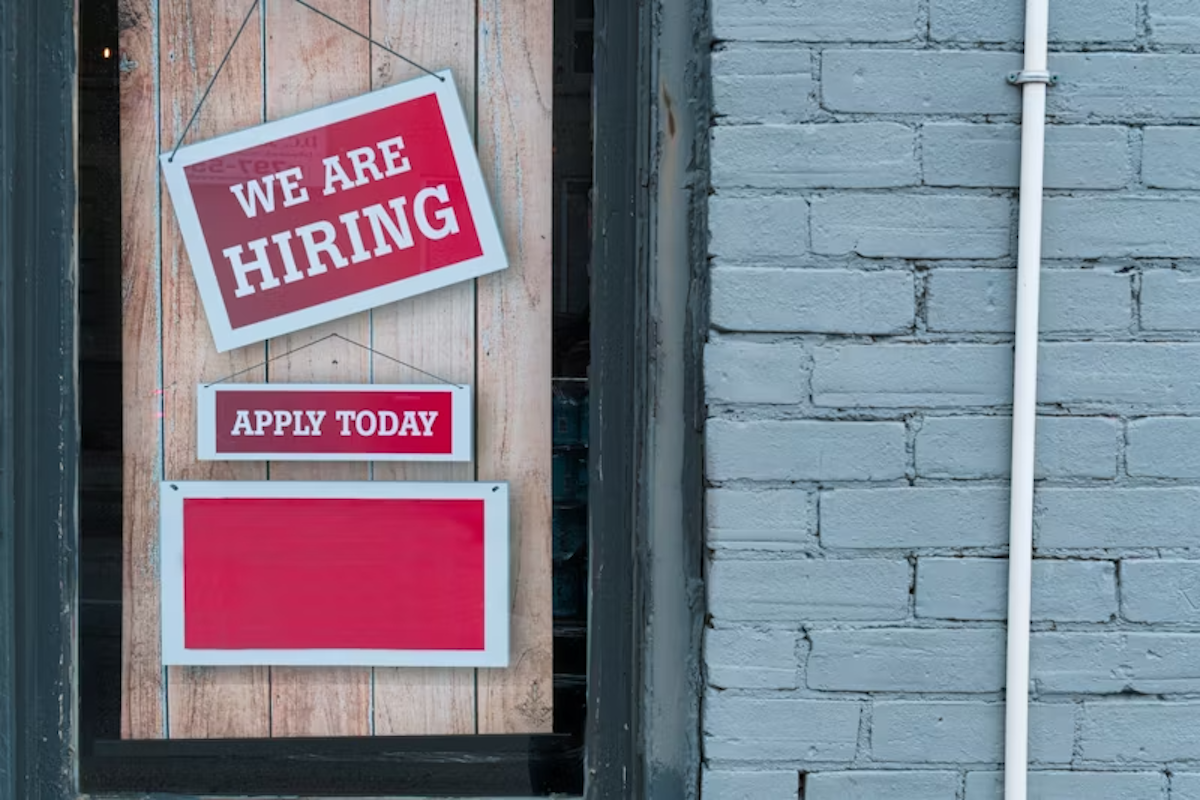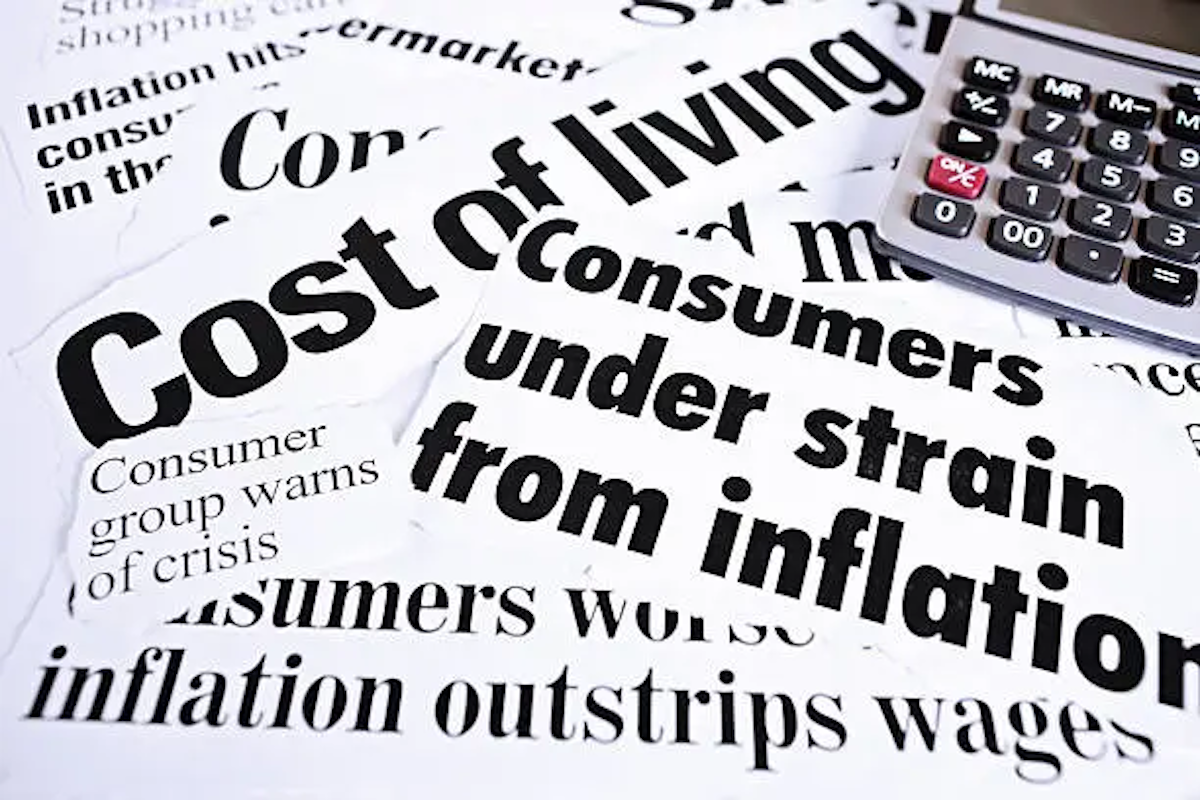The 2025 Restaurant Labor Shortage and How It Affects You
Staffing challenges in restaurants and c-stores aren't new—but as of 2025, they're shifting in ways that call for sharp thinking and adaptable...
Platform
Combining online ordering, loyalty, omnichannel messaging, AI insights, and payments in one platform. Paytronix delivers relevant, personal experiences, at scale, that help improve your entire digital marketing funnel by creating amazing frictionless experiences.
A Complete Customer Experience Platform
Online Ordering
Acquire new customers and capture valuable data with industry leading customization features.
Loyalty
Encourage more visits and higher spend with personalized promotions based on individual activity and preferences.
Catering
Grow your revenue, streamline operations, and expand your audience with a suite of catering tools.
CRM
Build great customer relationships with relevant personal omnichannel campaigns delivered at scale.
Artificial Intelligence
Leverage the most data from the most customer transactions to power 1:1 marketing campaigns and drive revenue.
Payments
Drive brand engagement by providing fast, frictionless guest payments.
Solutions
We use data, customer experience expertise, and technology to solve everyday restaurant and convenience store challenges.
Contactless Experiences
Accommodate your guests' changing preferences by providing safe, efficient service whether dining-in or taking out.
Customer Insights
Collect guest data and analyze behaviors to develop powerful targeted campaigns that produce amazing results.
Marketing Automation
Create and test campaigns across channels and segments to drive loyalty, incremental visits, and additional revenue.
Mobile Experiences
Provide convenient access to your brand, menus and loyalty program to drive retention with a branded or custom app.
Subscriptions
Create a frictionless, fun way to reward your most loyal customers for frequent visits and purchases while normalizing revenues.
Employee Dining
Attract and retain your employees with dollar value or percentage-based incentives and tiered benefits.
Order Experience Builder
Create powerful interactive, and appealing online menus that attract and acquire new customers simply and easily.
Loyalty Programs
High-impact customizable programs that increase spend, visit, and engagement with your brand.
Online Ordering
Maximize first-party digital sales with an exceptional guest experience.
Integrations
Launch your programs with more than 450 existing integrations.
Loyalty Programs
Deliver the same care you do in person with all your digital engagements.
Online Ordering
Drive more first-party orders and make it easy for your crew.
Loyalty Programs
Digital transformations start here - get to know your guests.
Online Ordering
Add a whole new sales channel to grow your business - digital ordering is in your future.
Integrations
We work with your environment - check it out.
Company
We are here to help clients build their businesses by delivering amazing experiences for their guests.
Meet The Team
Our exceptional customer engagement innovations are delivered by a team of extraordinary people.
News/Press
A collection of press and media about our innovations, customers, and people.
Events
A schedule of upcoming tradeshows, conferences, and events that we will participate in.
Careers
Support
Paytronix Login
Order & Delivery Login
Resources
Learn how to create great customer experiences with our free eBooks, webinars, articles, case studies, and customer interviews.
FlightPaths are structured Paytronix software onboarding journeys designed to simplify implementation and deliver maximum ROI.
See Our Product In Action
E-Books
Learn more about topics important to the restaurant and c-store customer experience.
Reports
See how your brand stacks up against industry benchmarks, analysis, and research.
Blog
Catch up with our team of in-house experts for quick articles to help your business.
Case Studies
Learn how brands have used the Paytronix platform to increase revenue and engage with guests.
Have you overlooked any of these 16 crucial steps for your catering business?
7 min read
Apr 02, 2025

Inflation is reshaping how restaurants and convenience stores manage profitability, operational costs, and customer spending. Business owners are closely analyzing its impact and seeking strategies to mitigate rising costs while maintaining customer loyalty.
To navigate these challenges, businesses in the restaurant and c-store industries must adapt by monitoring area indexes like the labor market to anticipate shifts in purchasing behavior. Strategic pricing adjustments, operational efficiencies, and customer-focused initiatives—such as loyalty programs, marketing, and personalized promotions—are crucial for offsetting the effects of inflation.
According to the Bureau of Labor Statistics (BLS), the Consumer Price Index for All Urban Consumers (CPI-U) for food away from home (which includes restaurant purchases) rose by 3.7% since 2024. This rise impacts various operational aspects, including wages and supply costs, with data ranges indicating a continuing trend.
This article explores inflation's impact, clarifies the differences between the Consumer Price Index (CPI-U) and inflation, and offers actionable strategies to help your restaurant or c-store effectively navigate rising costs. Let’s begin.
Cost of living inflation is a critical factor for any business that directly interacts with customers, particularly restaurants and c-stores. To provide context, key economic drivers behind inflation include supply chain disruptions, rising labor costs, higher energy prices, and the unemployment rate, which affects consumer purchasing power, as well as mortgage rates.
These factors lead to increased costs for goods and services, directly impacting businesses in the restaurant, catering, and convenience store sectors. The Consumer Price Index for All Urban Consumers, which tracks the price changes of a fixed basket of goods and services, is an important measure used to assess inflation's impact on everyday expenses.
As prices rise, urban consumer behavior shifts. In both foodservice and retail, customers may become more selective about their purchases, opting for lower-cost options or reducing the frequency of their visits. Understanding these changes allows your business to adjust your strategies, ensuring yours remains competitive while still meeting customer needs.
Over the past few years, inflation in the U.S. has fluctuated, with significant spikes in certain sectors. According to the Bureau of Labor Statistics, inflation rates have steadily increased, particularly among food and energy prices, which are tracked on a seasonally adjusted basis to account for seasonal adjustment factors that create frequent cost swings.
Inflation has notably shifted discretionary spending habits. Consumers are now more cautious about their spending, prioritizing essentials and cutting back on non-essentials. For restaurants and c-stores, this means customers are more selective in their purchases, often opting for value-driven items or reducing the frequency of their visits.
While both terms are related to price changes, they measure different aspects of the economy. The Consumer Price Index (CPI-U) tracks the average change over time for a fixed market basket of goods and services typically purchased by households. For instance, if the cost of a cup of coffee at your local café rises from $3 to $3.20, that increase would be reflected in the CPI as part of the overall cost of living.
Inflation, on the other hand, refers to the rate at which the overall price level of goods and services rises, leading to a reduction in purchasing power. For example, if the cost of everyday expenses—such as groceries, transportation, and housing—rises significantly, inflation measures how much prices have gone up across the board, which impacts consumers' ability to buy the same amount of goods and services with their existing income.
For your business, it's crucial to track both CPI-U information and inflation trends. The CPI helps pinpoint specific cost increases that directly affect restaurants and c-stores. Meanwhile, inflation provides a broader view of the economy, offering insights into upcoming trends and helping you to adjust pricing strategies to maintain profitability and customer loyalty. You’ll see both terms referenced in industry charts and economic reports.
With inflation driving up supply and energy costs, service establishments like restaurants and c-stores are caught in a balancing act. Whether it’s food costs, labor, or utilities, nearly every line item is becoming more expensive. As the natural gas market fluctuates, for example, rising energy costs also contribute to higher operating expenses for restaurants and c-stores alike, further tightening profit margins.
With inflation pushing up the cost of food, labor, and rent, it’s becoming harder to keep prices competitive. Wages are rising, and supply chain issues continue to affect the cost of basic ingredients and products. For example, the price change in the cost of meats, dairy, and produce is higher, forcing restaurants to raise their menu prices.
To remain competitive without losing customers, businesses are seeking ways to balance price increases while maintaining quality. One way to do this is by improving operational efficiency, such as improving inventory management or reducing waste. These small changes can help keep costs under control.
As prices rise, consumers are becoming more price-sensitive and seeking deals. For restaurants, this might mean customers are opting for more affordable menu items or looking for discounts, such as happy hour specials. C-stores are seeing a similar trend, with shoppers increasingly choosing store-brand items over pricier national brands.
In response, businesses are emphasizing loyalty marketing strategies and digital discounts. Offering rewards, personalized promotions, and digital coupons helps keep customers coming back without negatively impacting profits.
As inflation continues to impact consumer spending, your restaurant or c-store must stay ahead of trends to ensure profitability and maintain customer loyalty. Start by reviewing the changes in your operational costs on a monthly basis, then decide where to adjust. Dynamic pricing, bundling, and adjusting your offerings seasonally can help preserve perceived value while maintaining profitability.
Navigating inflation requires adjusting pricing strategies to ensure they remain fair to customers. Transparent pricing is key, as it helps customers understand price increases and avoid pushbacks.
Dynamic pricing models can be effective, allowing you to adjust prices based on demand or time of day. Offering tiered menu options helps cater to various budgets, giving customers more flexibility.
Bundling meals or offering combo deals can also increase perceived value. When customers feel they're getting more for their money, they're more likely to be satisfied and continue visiting your business.
With increased price sensitivity, loyalty programs are a great way to keep customers coming back. Offering loyalty rewards or discounts for repeat visits gives them a reason to stick with your brand. Personalized promotions—such as birthday offers or discounts based on purchase history—make customers feel valued, fostering loyalty and encouraging return visits.
For example, many fast-casual restaurants use point systems where customers redeem points for discounts or free items. Convenience stores also implement loyalty cards or mobile apps that offer discounts on frequently purchased items, giving customers added value during times of rising prices.
Rising supply costs are a significant challenge, but there are steps you can take to mitigate the effects. One option is negotiating better contracts with suppliers, especially if you’ve been a long-time customer.
Leveraging technology like AI-driven inventory tracking allows you to monitor your stock levels closely, reducing waste and ensuring you’re ordering the right amount of product at the right time.
Another useful strategy is menu engineering, which involves adjusting portion sizes or modifying recipes to better control food costs without sacrificing the customer experience. This approach enables you to optimize menu offerings, maintain quality, and keep customers satisfied even when facing rising ingredient costs.
Understanding future trends in consumer spending is essential for staying competitive. With inflation continuing to affect purchasing habits, businesses need to anticipate shifts and prepare for challenges ahead.
Looking ahead to 2025 and beyond, CPI-U is expected to stabilize but may still put pressure on food prices, according to the Bureau of Labor Statistics. Economic recovery and wage growth could provide some relief, but businesses must anticipate ongoing fluctuations in costs. The next economic cycle will require you to balance competitive pricing while maintaining high-quality products and services.
Inflation is reshaping long-term consumer expectations. As people become more conscious of their spending, they’ll increasingly prioritize value-driven experiences. Consumers will seek businesses offering quality products at competitive prices.
In this environment, digital engagement—such as loyalty apps, rewards, and promotions—will play a critical role in building and maintaining brand loyalty. Businesses that adapt to these changes will be better positioned to retain customers and drive sustained success.
Inflation affects the purchasing power of money, influencing both consumers and businesses. Understanding its key aspects is essential for informed financial decisions.
The Consumer Price Index (CPI) tracks the average price changes over time in the prices paid by consumers for a basket of goods and services. It serves as an indicator of the cost of living and is used to adjust income payments and measure inflation.
No, the CPI is a tool used to measure inflation. Inflation refers to the general rise in prices of goods and services, leading to a decrease in purchasing power. The CPI quantifies this change by tracking price movements over time.
As of February 2025, the annual inflation rate in the United States was 2.8%. This rate represents the percentage increase in the CPI-U from March 2024 to February 2025.
Inflation forecasts vary. According to Statista, the inflation rate in the United States is expected to decrease to 2.1% by 2029. In contrast, 2022 saw exceptionally high inflation, with the rate reaching 8% for the year.
As of February 2024, inflation was 2.8% and is expected to decrease to 2.1% by 2029. Assuming an average annual inflation rate of 2.5% over the next 30 years, $50,000 will be worth approximately $23,920 in future dollars. In other words, you'd need about $104,650 in 30 years to match the purchasing power of $50,000 today.
Businesses and individuals must adapt to inflation and changing economic conditions, which differ across countries and economies. For restaurants and c-stores, adjusting pricing strategies, improving loyalty programs, and increasing operational efficiency are essential steps to successfully navigate inflation.
By using data, staying aware of key metrics like the CPI-U and seasonal adjustment patterns, and adapting how you engage price-sensitive customers, your restaurant or c-store can continue to grow even in a fluctuating economy. These strategies not only help weather periods of high inflation but also position your business for long-term success, regardless of whether inflation rises or falls.
Even during tough economic times, loyalty programs help retain customers. Check out our full guide to learn how these strategies drive continued spending despite inflation.
Ready to optimize your pricing strategies, build customer loyalty, and navigate inflation-driven challenges? Request a demo to discover how Paytronix can help you manage price-sensitive consumers.

Staffing challenges in restaurants and c-stores aren't new—but as of 2025, they're shifting in ways that call for sharp thinking and adaptable...

Having customers who are interested in your products and who continue to make purchases is one of the most rewarding parts of running your own store....

Inflation directly impacts how consumers spend, save, and make purchasing decisions. For restaurant and convenience store owners, this means adapting...